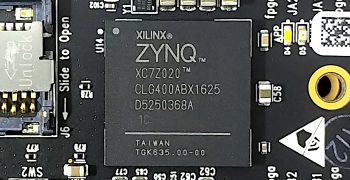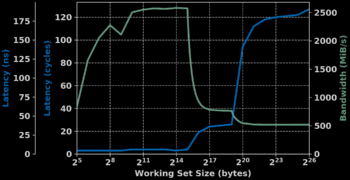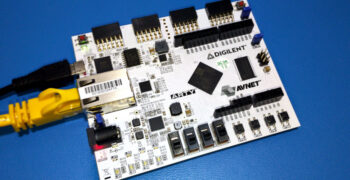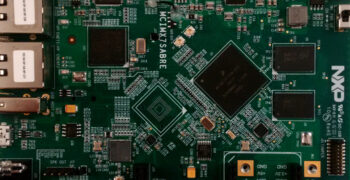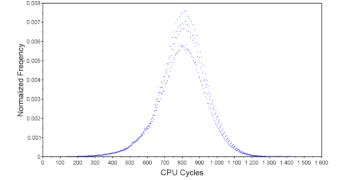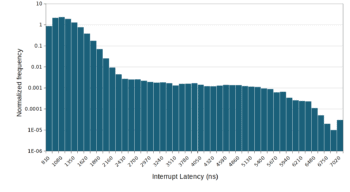Continuing from the last post, this article explores features specific to early members of the ARM Cortex-A family such as the Cortex-A9 which can help reduce interrupt latency. Namely the L2 cache and TLB lockdown features found in those processors. It’s important to note that those two features are not available in more recent 32 and 64 bits ARM processors such as the Cortex-A7. Newer cores have a simpler TLB, and most often than not an integrated L2 cache instead of the external L2 found on the A9. However, the Cortex-A9 is still a popular core, found on the Xilinx Zynq-7000 and NXP i.MX 6 SoCs to name a few.
Zynq-7000 Bare-Metal Benchmarks
In this article we’ll look at some well-known CPU benchmarks, namely CoreMARK, Dhrystone, Whetstone and Linpack. Following that, we’ll look at the memory bandwidth and latency of the external DDR memory, On-Chip RAM and block RAM (BRAM) in the FPGA. Finally, we’ll round up with numbers on interrupt latency.
